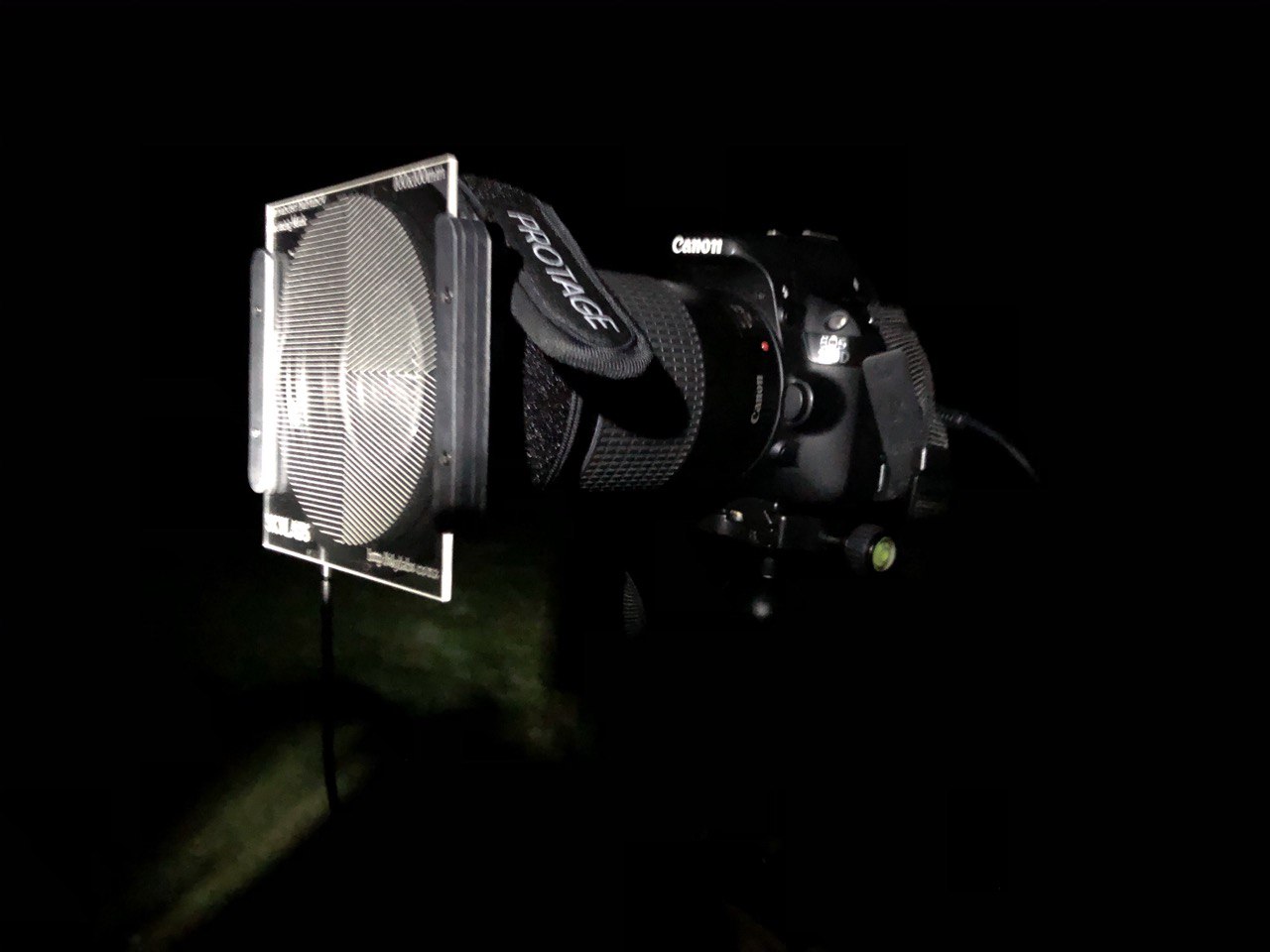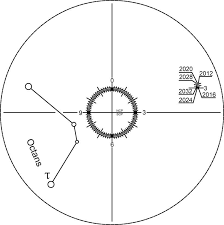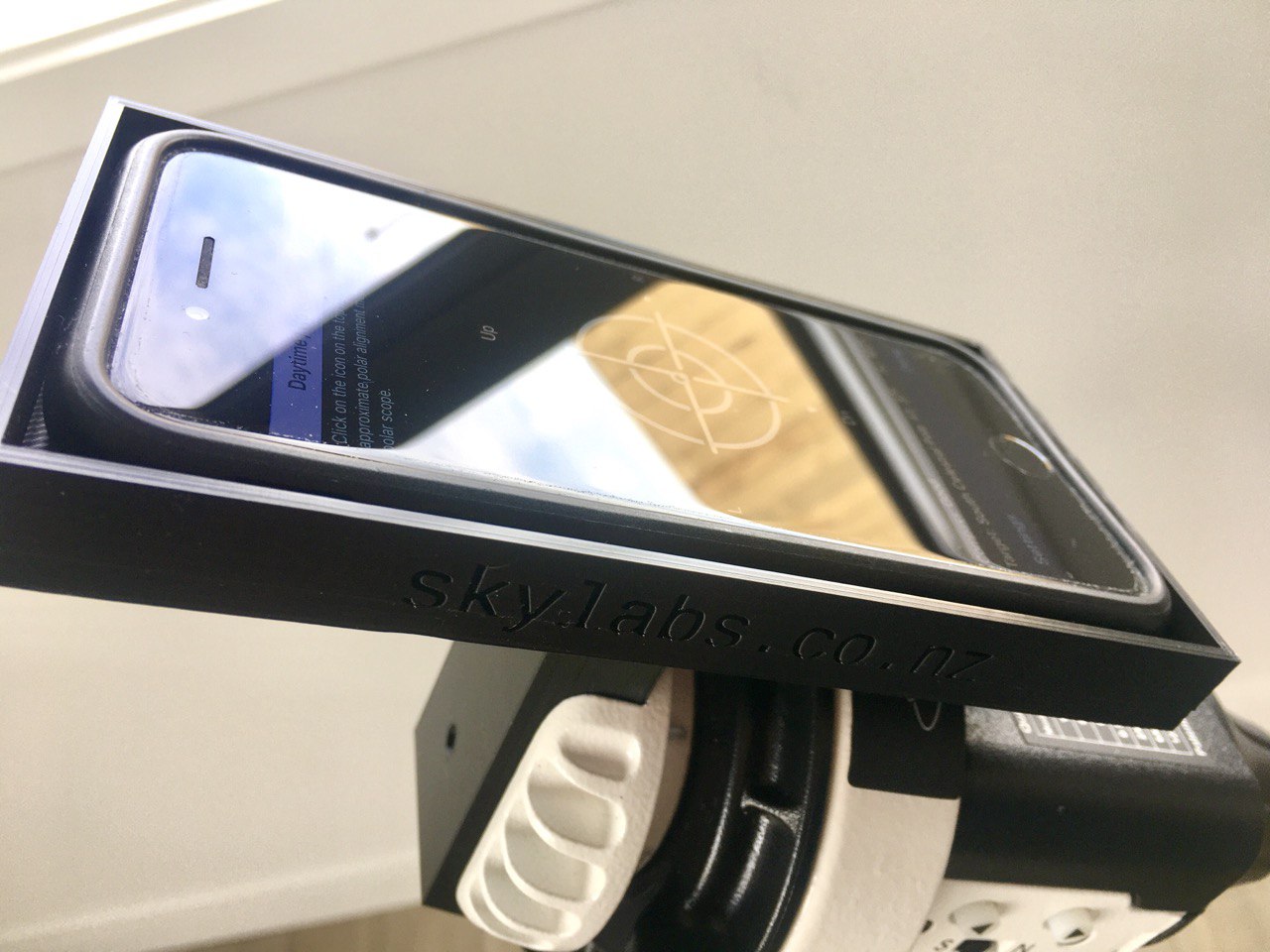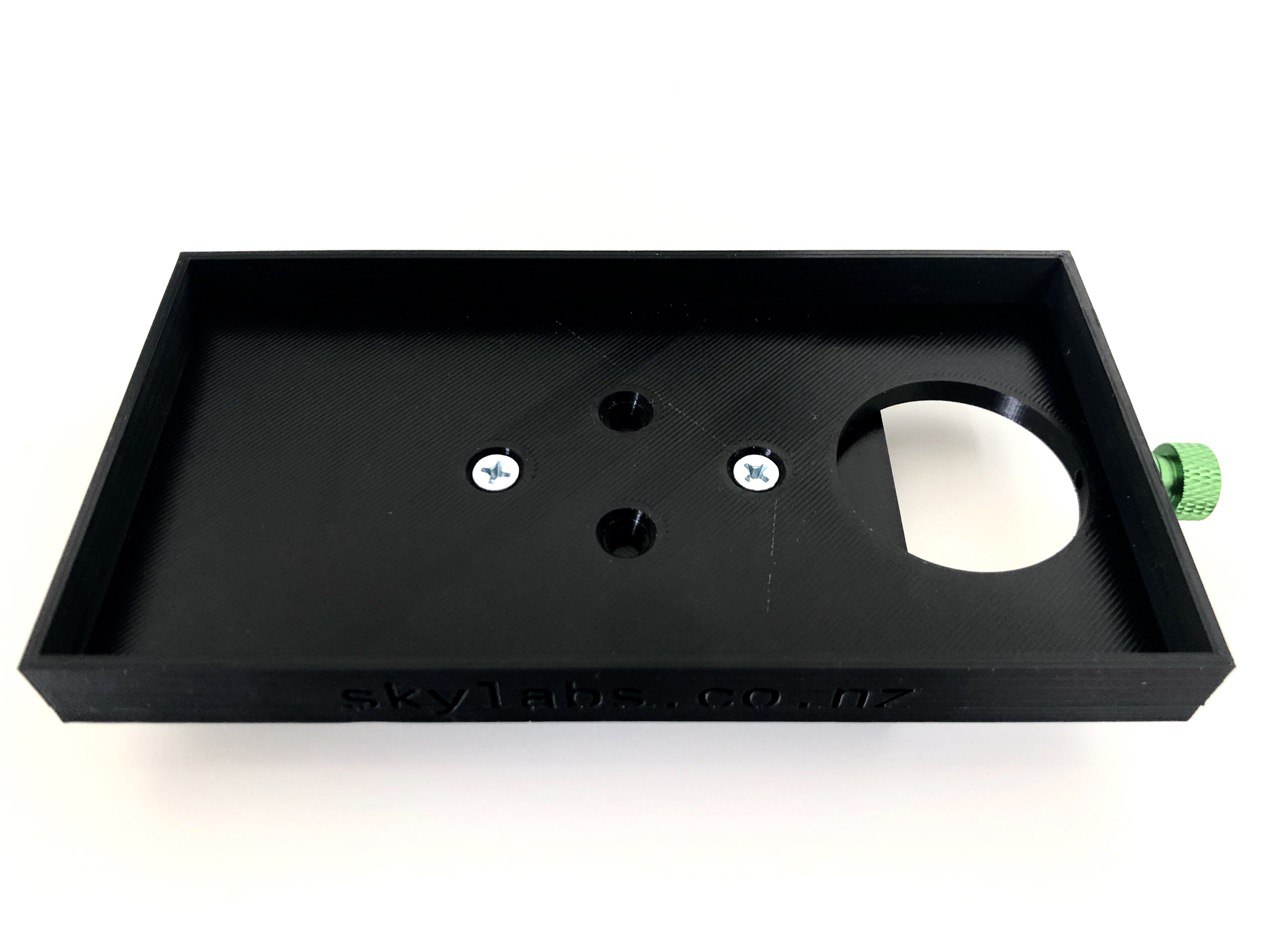Star Tracker Polar Alignment in the Southern Hemisphere.

Star trackers are becoming quite popular for landscape astrophotography. That type of device is key for capturing stunning images with the Milky Way in the background. Unfortunately, setting up these special mounts can be challenging and frustrating for beginners.
Published on October 10, 2020 by Jordi Blasco
Astrophotography Polar Alignment Southern Hemisphere
4 min READ
Star trackers are becoming quite popular for landscape astrophotography. That type of device is key for capturing stunning images with the Milky Way in the background. Unfortunately, setting up these special mounts can be challenging and frustrating for beginners.
Setting up a star tracker in the Northern Hemisphere is relatively easy, thanks to a bright star situated very close to the north celestial pole (Polaris). Unfortunately, there is no such a bright star in the Southern Hemisphere, indicating the south celestial pole. The stars of the Octans constellation represent the closest equivalent to Polaris, but they are in the human eyesight limit, even in a dark and clear sky.

In addition to that, there are situations where there is no visual access to Polaris or Octans asterism because of a mountain, building, trees, etc. Limiting the compositions and the scenarios that you want to capture just because of that seems entirely unreasonable.
In this article, I’m going to provide some tricks that will make this process easier and faster. This process does not require to have visual access to Polaris or Octans asterism. If you do, then you can get even more accurate alignment.
Requirements
You need just a few inexpensive accessories to achieve a painless polar alignment.
- Install in your smartphone PS Align Pro (iOS) or PolarAligner Pro (Android)
- Smartphone adapter to a Vixen dovetail.
I previously used a rectified timber with a Vixen dovetail section and four silicone stickers to hold the smartphone. It worked quite well, but finally, I decided to design my own adapter. That particular design allows me to use an iPhone 6,7,8,10 with a protective case (and any other smartphone with similar dimensions), and it also supports QHY PoleMaster. It is compatible with any telescope mount and star tracker with a Vixen dovetail. I made two models, one for Southern Hemisphere and another for Northern Hemisphere (which has a standard slot for a finder).


The Southern Hemisphere version is currently available on Trademe (New Zealand). Check Skylabs NZ for other options.
Instructions
Set up the star tracker as usual and point to the celestial pole using the smartphone compass.
Star Tracker Levelling and Rough Alignment
- Level the tripod using the bubble level of the mount.
- Unscrew the azimuth screws to give more range during the alignment.
- Introduce the smartphone adapter to the star tracker dovetail bracket.
- Introduce the smartphone in the adapter.
Polar Scope Alignment App (iOS)
- Open the PS Align Pro App.
- Click on the three dots located on the bottom-right corner.
- Select the Daytime/No Polar scope alignment (Sun symbol).
- Move the mount with the AZ screws until the cross move just in the middle of the circle.
PolarAligner Pro App (Android)
- Open the PolarAligner Pro App.
- Click on the level button.
- Use the azimuth screws to tune the alignment with the pole.
- Click on the mount text in order to adjust the RA axis.
Further Accuracy
If you have followed the previous instructions, you should have quite reasonably good polar alignment. The described process works quite well for wide lenses (8mm to 50mm). If you have visual access to Polaris or Octans asterism, then those stars should be already visible through the polar scope.
The following steps will give you even better accuracy in your alignment.
- Take your smartphone from the adapter and open the “Polar Scope Alignment Pro” or “PolarAligner Pro App” again.
- Change the polar scope reticle with the one that you have. In my case, Skywatcher.
- Rotate the RA axis until the polar scope reticle aligns with the image you can see in your app.
- Move AZ screws and move Polaris or the Octans asterism into the right place.
Alternatively, if you have a QHY PoleMaster and the required adapter, you can follow the user guide instructions as usual.
Test Drift and Accuracy
To assess your polar alignment’s accuracy, you can point your telescope or lenses to a bright star from East. Take a long exposure (~5 minutes) and review it with your camera or computer if there is any evident drift. The longer is the focal length, and the longer is the exposure, the more challenging it will be for your mount to track the stars. In that case, you should consider guiding tools for correcting the tracking.